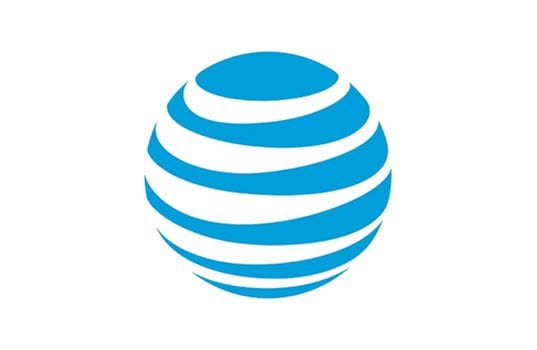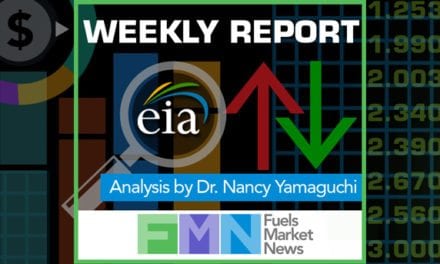AT&T, Delphi and Ford are developing a new capability to enhance vehicle-to-everything (V2X) communications. The platform is designed to help vehicles “talk” with each other and smart cities infrastructure to improve safety and vehicle security, reduce traffic congestion, save money and protect the environment.
These companies are laying the foundation for the next generation of urban planning and safer driving. In the future, autonomous vehicles will interact with connected traffic lights, roadside monitors, signage and almost anything surrounding them.
The research developed jointly by AT&T, Delphi and Ford can monitor traffic conditions and notify drivers over the AT&T LTE network to approaching vehicles and events. Think events like airbag deployments, vehicle collisions, hazardous road conditions, bad weather and wrong-way driving. The result will be fewer accidents and safer driving.
Consider these stats:
- More than 35,000 people were killed and over 2 million injured in 2015—a 7% increase from 2014.
- Early indications are that fatalities continued to increase by over 10% in 2016.
- Total annual cost of gridlock will reach nearly $2,000 per U.S. household by 2020.
- Driver error accounts for 94% of crashes.
The National Highway Transportation Safety Administration (NHTSA) recognizes the issue. It proposed requiring technologies in new vehicles allowing cars to “talk” to each other to avoid crashes. Devices would use dedicated short-range communications (DSRC) technology to transmit data, such as location, direction and speed to nearby vehicles.
Through the V2X platform, the nationwide AT&T LTE network would extend the range of DSRC communications. The platform uses the network to send notifications and updates for security credential management to each vehicle.
“We’re moving from today’s connected car to a fully autonomous vehicle. Our work with Delphi and Ford will deliver safer, more secure, cost-effective and efficient solutions to do this,” said Chris Penrose, President, Internet of Things Solutions, AT&T.
“This technology has the ability to drastically reduce accidents and save lives,” said Jim Zizelman, Vice President, Engineering, Delphi. “DSRC and LTE both have a unique role to play. The combination will help speed the adoption of V2X overall.”
“We believe robust, secure vehicle communications offers the potential to dramatically improve safety, reduce congestion and help protect the environment,” said Don Butler, Executive Director, Ford Connected Vehicle and Services. “Accelerating the deployment of these communications requires collaboration across industries and government agencies.”
The three companies collaborated on this Proof of Concept to demonstrate this capability. Delphi developed the on-board V2X module. AT&T developed the software for the analytics platform and will provide the wireless connectivity. Ford developed the in-car integration.








